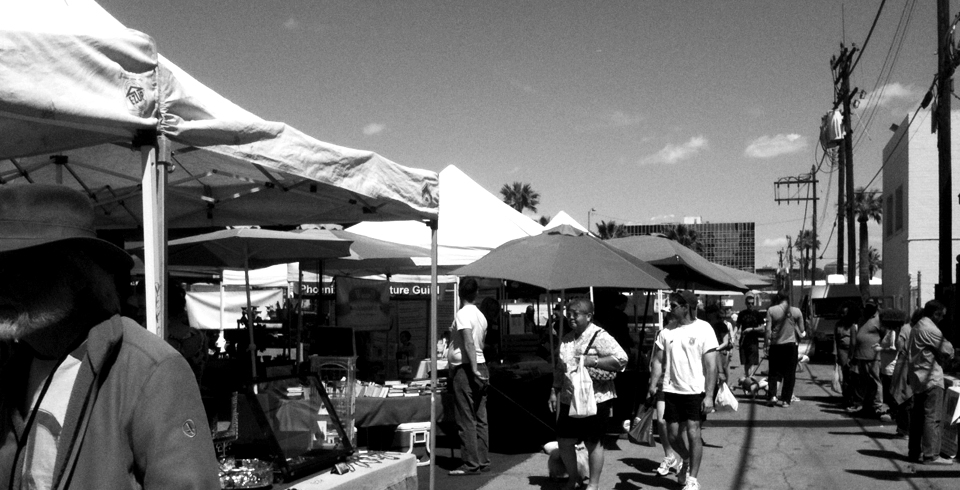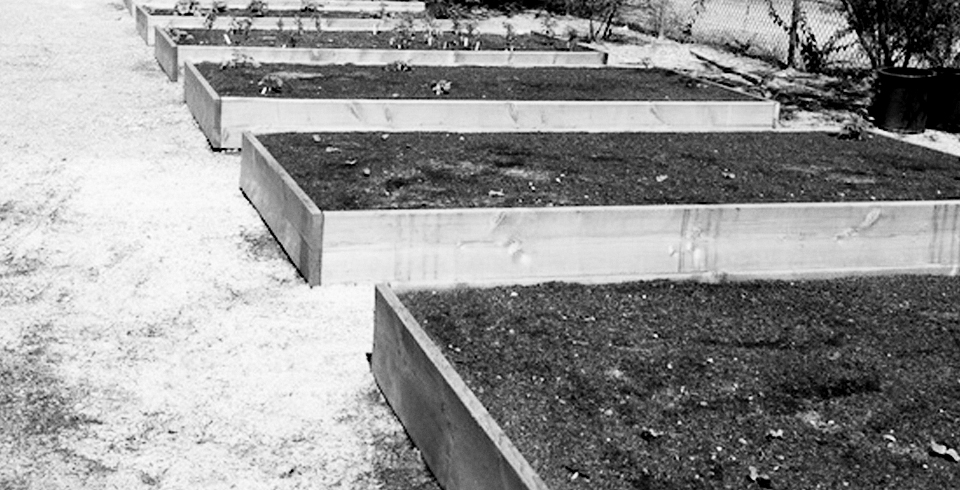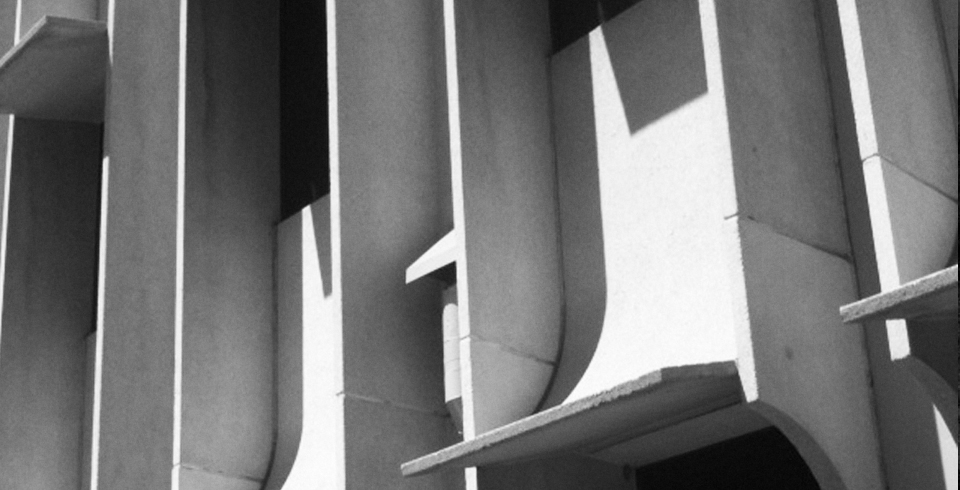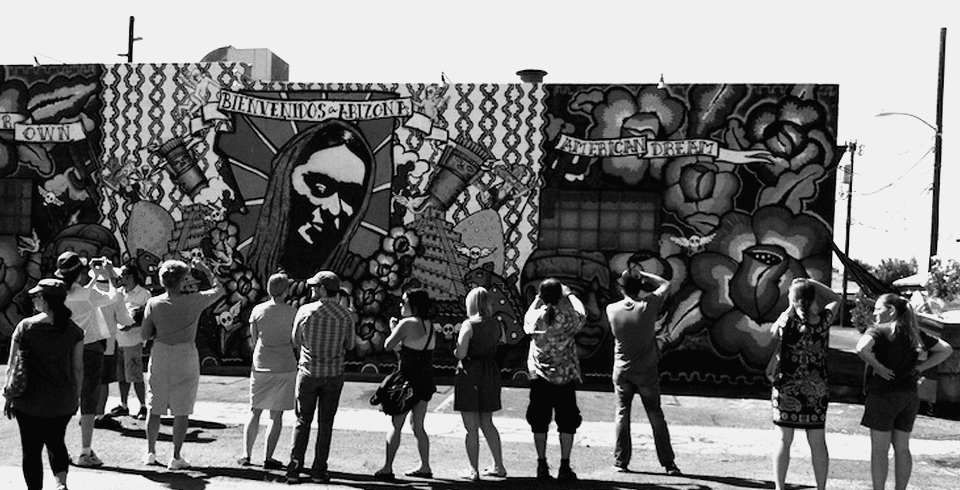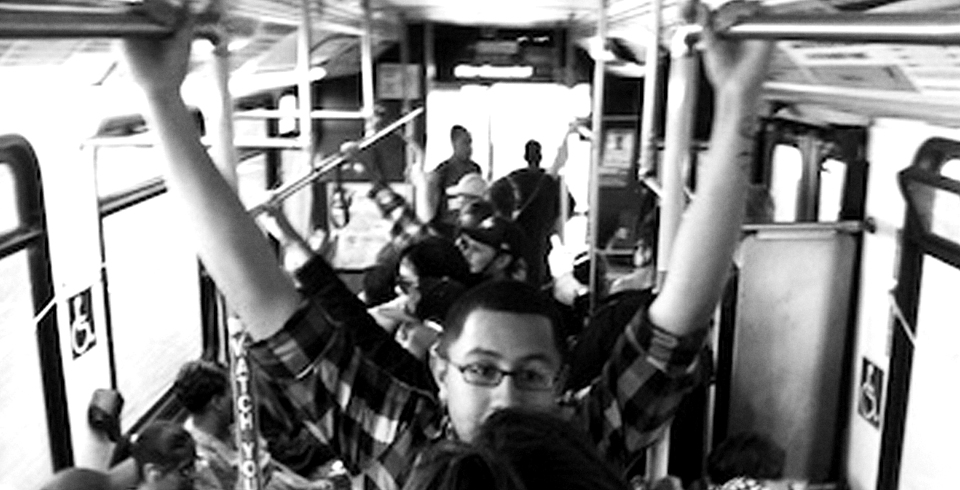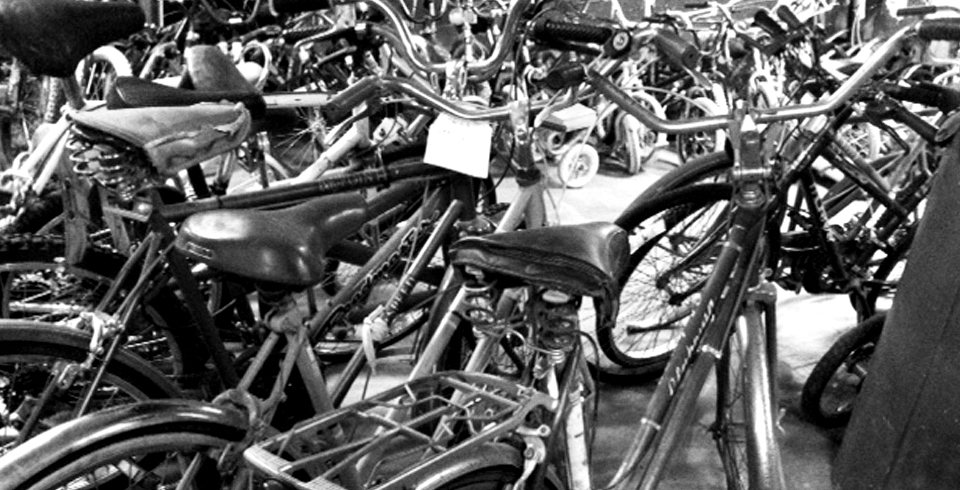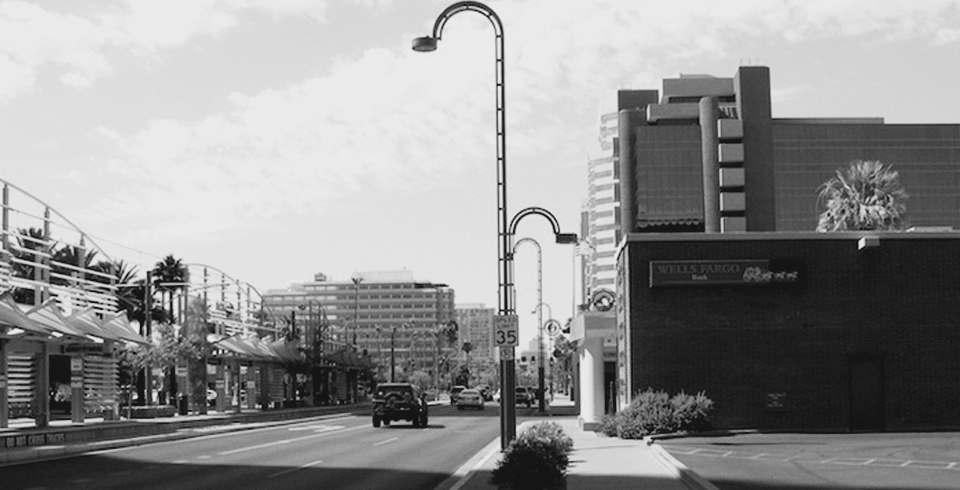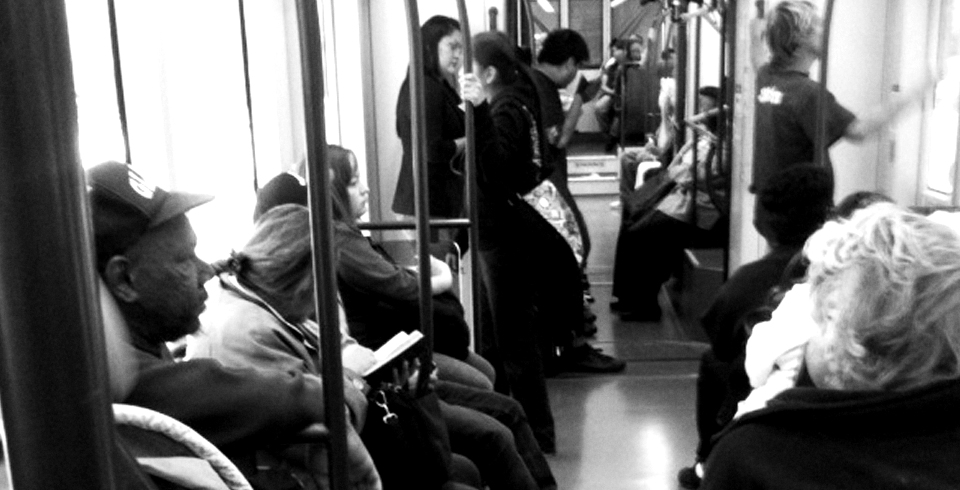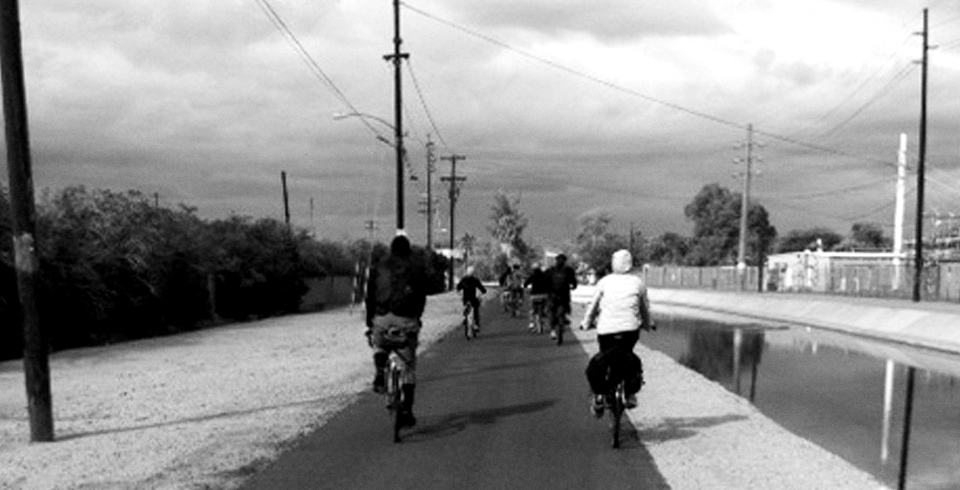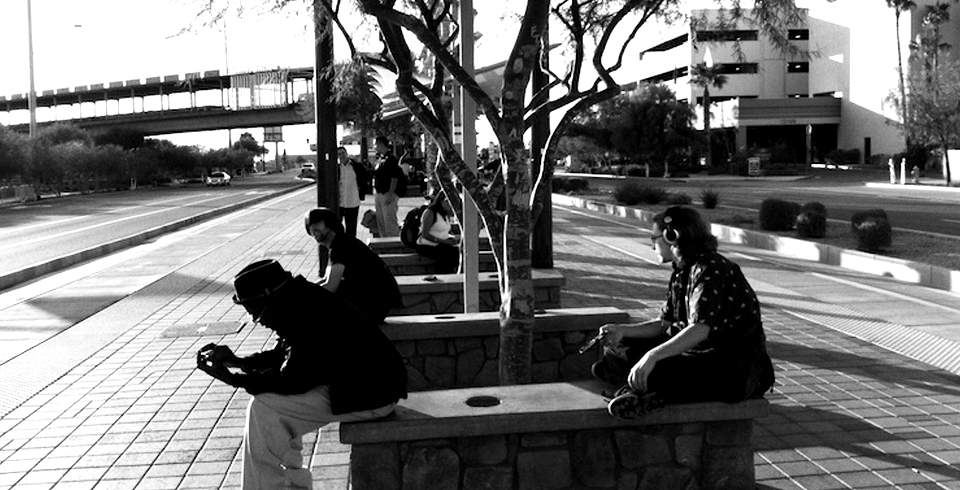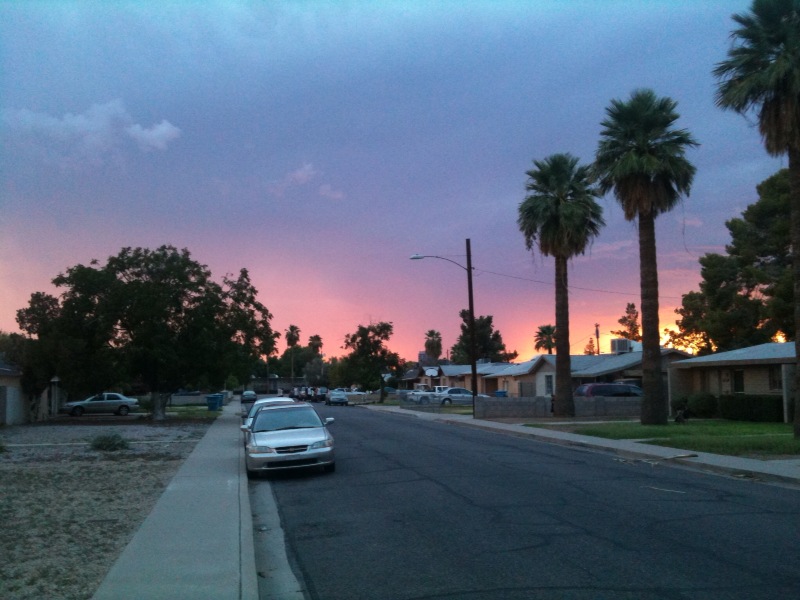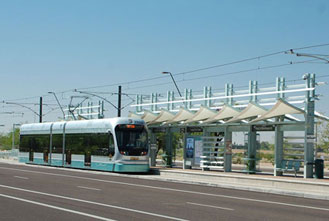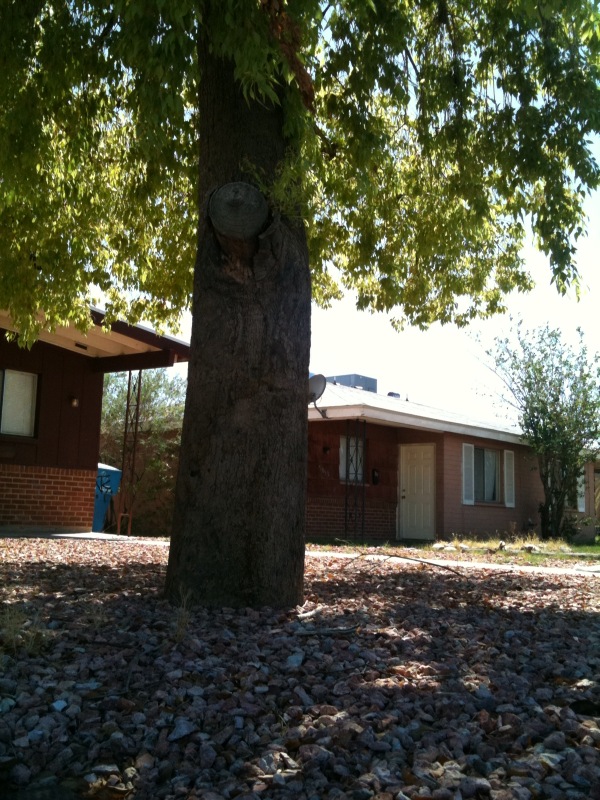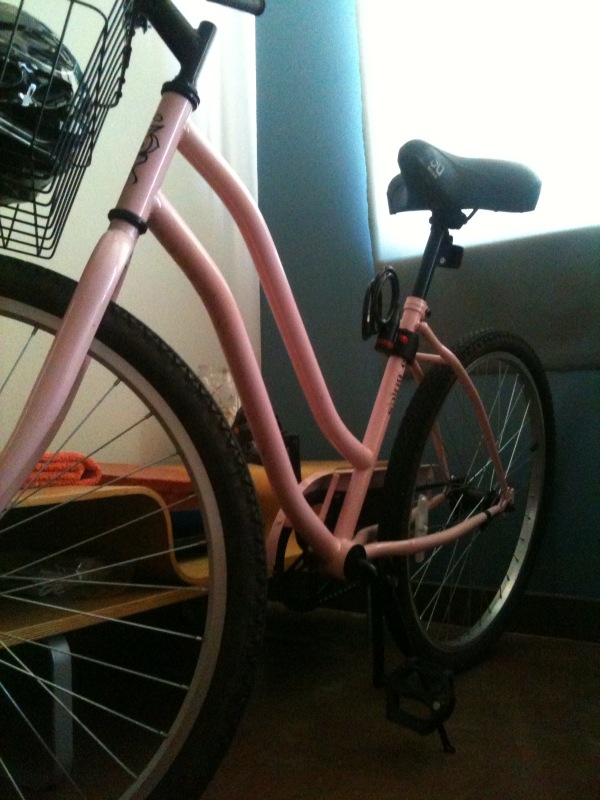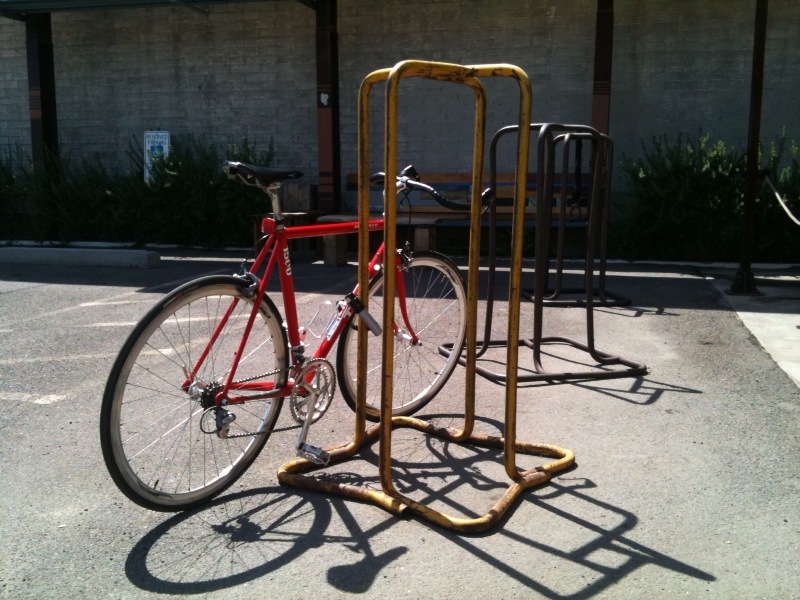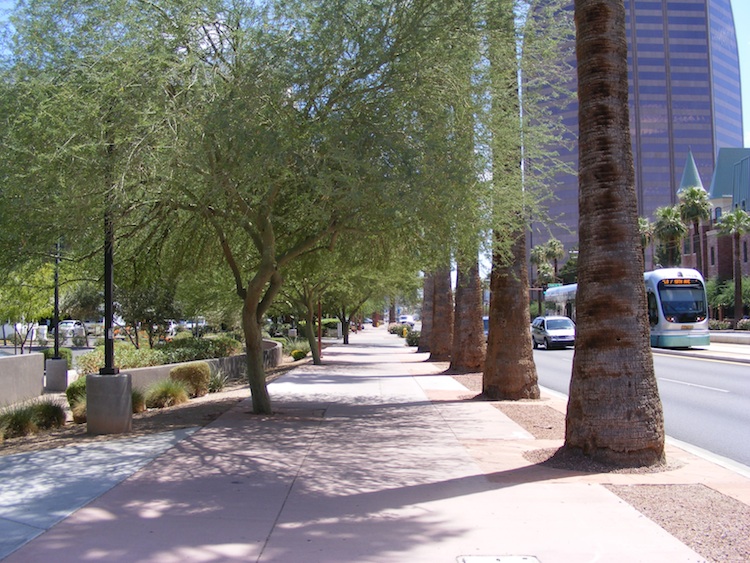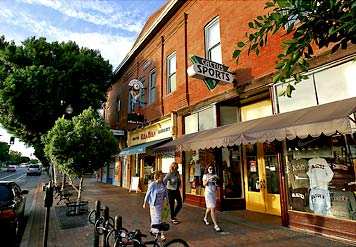Tweet About three weeks ago, I had the pleasure of sitting down with Deputy Attorney General Greg Stanton and talking with him about a sustainable Phoenix, not only in the environmental sense, but in the economic sense as well. Mr. Stanton is currently working for Attorney General Terry Goddard and is working in support of Mr. Goddard’s gubernatorial race. But he is also seriously thinking about running for Mayor in 2011. Today’s post features Mr. Stanton’s positions on economic development, City North and future growth in Phoenix, among some other things. Stay tuned for the rest of the interview in…
Archive for the ‘urbanism’ Category
Tweet Today’s post is the fifth installment of the Wednesday Phoenix Tree and Shade Masterplan Series. Today’s installment is about the second step outlined to implement the Masterplan – Preserve, Protect and Increase. As you might recall, Raising Awareness was the first step which I discussed two weeks ago. The final step is Sustainable and Maintainable Infrastructure and that will be the subject of next week’s installment. The goal of the Preserve, Protect and Increase phase is to “Preserve, protect and increase the quality and quantity of trees and vegetation, especially large shade trees in appropriate areas” according to the…
Tweet This morning, I had the honor of sitting down with City of Phoenix Mayor Phil Gordon and asking him a few questions about future urban development and sustainability. I had asked readers to send me questions to ask the Mayor and I got many really good ones. Unfortunately, the Mayor’s morning was a particularly busy one and I was only able to speak to him for a short time. But I tried to touch on the topics that matter to my readers in the short time I did have with him. Below is our conversation: Blooming Rock: Would you…
Tweet 1. The City used funds from the Downtown Phoenix Hotel Corporation to buy the Sahara building. Apparently part of this deal was the temporary use of the site as a parking lot for the Sheraton Hotel. This is the “done deal” City Manager David Cavazos was talking about. 2. When several community members suggested the lot become a park or a green space, Jeremy Legg, the City applicant for the parking use permit, mentioned the Civic Space Park is just a block away. Wait, so we can have TOO MANY green spaces, but never enough parking lots? 3. The…
Tweet Last week, in the third installment of the series on the Tree and Shade Masterplan, I promised to talk about steps 2 and 3 in the implementation of the plan. But I’ll talk about those things next Wednesday and this is why: just a few hours ago I had lunch with the authors of the marvelous Tree and Shade Masterplan – Ken Vonderscher, Richard v-C Adkins, and Lysistrata Hall – and I learned so much from them that I wanted to share it with you today, while it’s fresh on my mind. Ken, Richard and Lysistrata all work for…
Tweet Today is a continuation of yesterday’s post featuring an interview with Kerry Wilcoxon, the Traffic Engineer in charge of Safety in Neighborhood Traffic and Joe Perez, the Bicycle Coordinator at the City of Phoenix. Yesterday’s post was about why Phoenix is so auto-centric and how the Light Rail has effected the urban landscape for bicyclists and pedestrians. Today’s post is on a plan that Kerry and Joe presented to me that will enable bicycling to be a way to actually travel from destination to destination, instead of being primarily a recreational mode of transportation. Below is the rest of…
Tweet I had the pleasure of speaking with Kerry Wilcoxon, the Traffic Engineer in charge of Safety in Neighborhood Traffic and Joe Perez, the Bicycle Coordinator at the City of Phoenix a week and a half ago at Giant Coffee. I asked them why we don’t have the necessary bike infrastructure in place to make biking a viable mode of transportation in Phoenix and what the City is doing about it. In today’s post Kerry and Joe talk about how Phoenix was originally planned around the car and why although this is a very hard thing to change, there is…
Tweet This is the third installment of a month-long Wednesday series on The Phoenix Tree and Shade Master Plan. Part I was all about what an urban forest is and Part II, last Wednesday, was about the multiple benefits of a healthy urban forest. Today I’m going to talk about the first step that the Master Plan has outlined towards restoring the urban forest. This is the vision of the Master Plan for the year 2030: By 2030, the view from the northern ridge lines of South Mountain to the desert washes of the Sonoran Preserve reveals the urban forest…
Tweet Today’s post is by Willard Williams Jr. (aka Beau), who used to work with me at an architecture firm in Phoenix and who is now a designer for a residential architect in San Francisco. Beau has more than six years of hands on experience with complex design tools, such as Building Information Modeling (BIM), expertise he has applied to a number of projects. Beau is working towards completing his architectural licensing and one day owning his own firm. Beau rides on two wheels whenever he can. (Look for more on biking in Phoenix on an upcoming Blooming Rock interview…
Tweet Today I gave a presentation at the Barrett Urban Experience, a 4-day intensive introduction to the downtown Phoenix urban environment for Barrett Honors College freshmen, a brainchild of Nan Ellin. Overall, the program is very well designed, including a public art tour, a trip to the Downtown Public Market, a discussion about community food by Maya Daily of Maya’s Farm, a lecture on Local First, plus a tour of the Roosevelt Row arts district among other things. (Conspicuously missing was a tour of the Grand Avenue arts district because ASU officials thought it was too dangerous for students. This…





